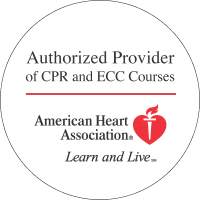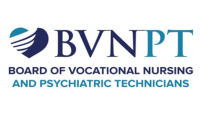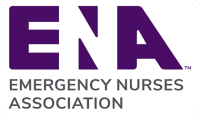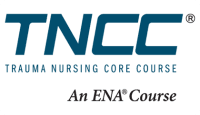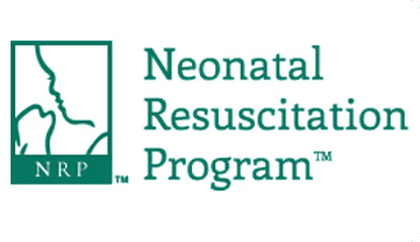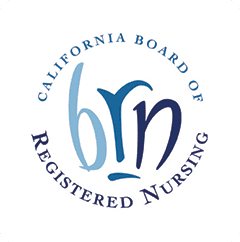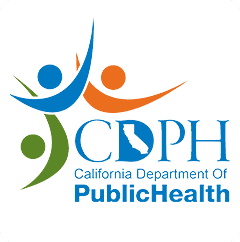The most common type of heart rhythm seen during adult cardiac arrest is ventricular fibrillation. This refers to an erratic beating of the lower chambers of the heart caused by abnormal electrical signals through the top portion of the heart. Because the ventricles are responsible for pumping all of the blood into the lungs first before pumping it out into the body, ventricular fibrillation results in inadequate perfusion of oxygen throughout the entire body and can quickly lead to death if it is not treated immediately. Because ventricular fibrillation, or V-fib, is so commonly seen and is so dangerous, it is typically a primary focus in any ACLS class.
However, you should beware of becoming caught in the trap of focusing all of your study time on this single algorithm. You are just as likely to see any other algorithm and symptom progression featured on your ACLS certification written test and megacode scenario. In particular, be sure to focus sufficient time on the following two algorithms, which are frequently forgotten by well-meaning students.
Acute Coronary Syndrome Algorithm
Acute coronary syndrome refers to a blockage in one of the coronary arteries that feed the heart muscle. When the heart muscle does not get enough blood supply, it lacks oxygen and will eventually die. In fact, acute coronary syndrome, or ACS, can easily lead to a variety of other algorithms, such as the V-fib algorithm, if it is not quickly addressed.
You will most likely be tested on the sequence of events for in-hospital care if this comes up in one of your hands-on scenarios. The algorithm should be started within the first 10 minutes after noticing a patient with symptoms of ACS. The algorithm includes the following steps.
- Checking vital signs
- Providing oxygen if saturation levels are less than 94%
- Starting an IV
- Getting a 12-lead EKG
- Taking a brief health history
- Performing a physical examination
- Getting a chest x-ray
- Giving nitroglycerin
Finally, you will have to make a determination of continued treatment based on what the EKG shows. For example, if the EKG shows ST-elevation, the patient will need reperfusion treatments, which are often given in the cardiac catheterization lab. Patients with non-ST elevation myocardial infarctions will most likely be treated medically instead.
Stroke Algorithm
The second algorithm that is frequently forgotten when studying for the ACLS certification examination is the suspected stroke algorithm. First, you should be able to recognize the common signs of stroke, which can be memorized by the mnemonic FAST. This stands for facial droop, arm drift, speech abnormalities and time of onset. Second, the emergency response system should be activated. Once in the hospital, a basic physical examination should be completed with IV access started, laboratory studies taken and an EKG and CT scan initiated within 10 minutes of arrival. Finally, the stroke team should examine the patient within 25 minutes of arrival in the hospital, and fibrinolytic should be given if appropriate within 60 minutes of hospital arrival.
Although this algorithm will rarely if ever show up in the hands-on scenarios, including the megacode, you should expect to see at least a few questions about it on your written examination. Plus, it is good information for you to know in your medical practice and even as you are out in the community.


